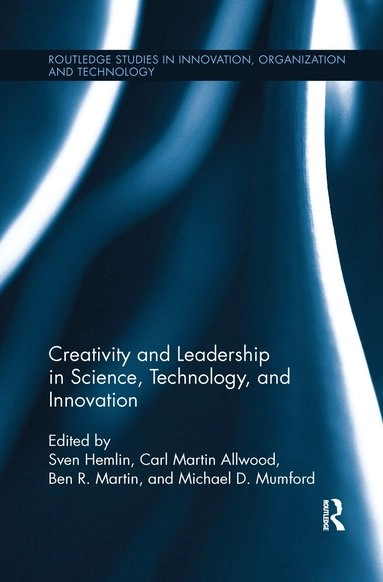

Creativity and Leadership in Science, Technology, and InnovationUpplaga 1
- Upplaga: 1a upplagan
- Utgiven: 2016
- ISBN: 9781138203044
- Sidor: 344 st
- Förlag: Taylor & Francis Ltd
- Format: Häftad
- Språk: Engelska
Om boken
Åtkomstkoder och digitalt tilläggsmaterial garanteras inte med begagnade böcker
Mer om Creativity and Leadership in Science, Technology, and Innovation (2016)
I juli 2016 släpptes boken Creativity and Leadership in Science, Technology, and Innovation skriven av Sven Hemlin, Carl Martin Allwood, Ben Martin, Michael D Mumford, Ben Martin. Det är den 1a upplagan av kursboken. Den är skriven på engelska och består av 344 sidor. Förlaget bakom boken är Taylor & Francis Ltd.
Köp boken Creativity and Leadership in Science, Technology, and Innovation på Studentapan och spara pengar.
Referera till Creativity and Leadership in Science, Technology, and Innovation (Upplaga 1)
Harvard
Oxford
APA
Vancouver



















